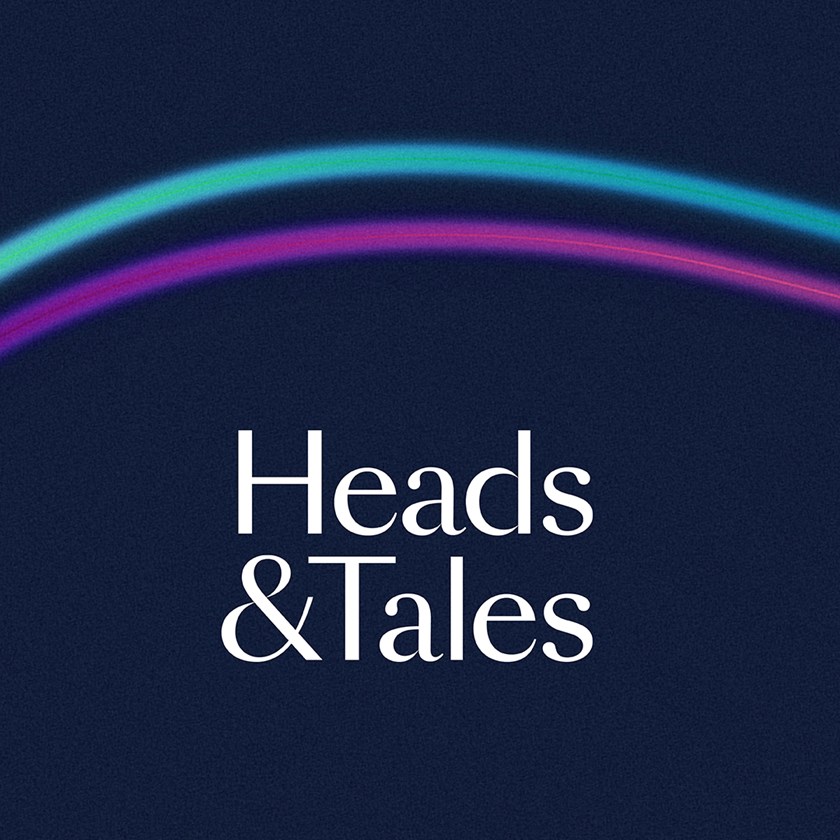Sexting: A change of approach
News

Our article earlier this year set out the various ways in which children were committing criminal offences when 'sexting' either by reason of making, possessing or distributing indecent images of children under the age of 18. This criminality was more by accident than design – when the law was originally drafted no-one had foreseen the practice of teenagers sending naked images of themselves to each other. The original law was drafted very much with adults' use of images of children in mind.
The fact that some teenagers were being criminalised as a result of breaking the law, that different police forces were adopting different approaches to these offences, and that no politicians were keen to stand on a platform to relax the rules on child pornography has led to the government and statutory authorities seeking to devise a fresh approach without changing the underlying law. Cue two significant pieces of guidance which were therefore commissioned – the first being drawn up by the UK Council for Child Internet Safety (UKCCIS) aimed at schools and colleges on responding to incidents of sexting, and the second being drawn up by the National Police Chiefs' Council (NPCC) aimed at police forces and those working with the police to advise them on their handling of such cases.
The first of these guidance notes has recently been published by UKCCIS and is discussed below. The second guidance from NPCC is due out and we will provide an update in due course.
Youth Produced Sexual Imagery
The UKCCIS guidance is entitled 'Sexting in Schools and Colleges: responding to incidents and safeguarding young people'. It is available via this link.
The first thing that the guidance does is to draw a distinction between 'sexting' in common parlance and the criminal offence which UKCCIS term as "youth produced sexual imagery". Recent NSPCC research has illustrated that when children are asked what they understand by the term sexting, they are more likely to say it is the writing and sharing of explicit messages with people they know. Generally speaking that practice is unlikely to amount to a criminal offence. By contrast, youth produced sexual imagery, whilst more of a mouthful, does at least accurately describe that activity within the generic term of sexting which is illegal.
'Youth produced sexual imagery' has been chosen as the most accurate description because:
- 'Youth produced' involves children sharing images that they, or another child, have created of themselves. Youth, young person or child in this context means anyone under the age of 18.
- 'Sexual' is clearer than 'indecent'. A judgement of whether something is 'decent' is both a value judgement and dependent on context.
- 'Imagery' covers both still photos and moving videos which are increasingly common.
What types of incidents are covered by the new guidance?
Yes
- A child creates and shares sexual imagery of him/herself with a peer (also under the age of 18).
- A child shares sexual imagery created by another child with a peer (also under the age of 18) or an adult.
- A child is in possession of sexual imagery created by another child.
No
- The sharing of sexual imagery of children by adults. This constitutes child sexual abuse and schools should always inform the police.
- Children sharing adult pornography or exchanging sexual texts which do not contain imagery. This may well be a safeguarding matter but is unlikely to be criminal.
- Sexual imagery downloaded from the internet (and potentially shared with others) by a child. Again this may be a safeguarding matter, and may be a criminal matter if the images are unlawful, but it is distinct from youth produced sexual imagery.
Disclosures
Disclosures about youth produced sexual imagery can happen in a variety of ways. The child affected may inform a class teacher, the DSL in school, or any member of the school staff. He/she may report through an existing reporting structure, or a friend or parent may inform someone in school or college, or inform the police directly.
All members of staff (including non-teaching staff) in schools should be aware of how to recognise and refer any disclosure of incidents involving youth produced sexual imagery. This should be covered within staff training and within the school's Safeguarding Policy.
Any direct disclosure by a child should be taken very seriously. A child who discloses he/she is the subject of sexual imagery is likely to be embarrassed and worried about the consequences. It is likely that disclosure in school is a last resort and they may have already tried to resolve the issue themselves.
Handling Incidents
The UKCCIS guidance recommends the following approach in schools whenever an incident involving youth produced sexual imagery comes to a member of staff's attention.
- The incident should be referred to the DSL as soon as possible.
- The DSL should hold an initial review meeting with appropriate school staff.
- The DSL should follow the procedures and guidance set out in Sexting in schools and colleges: responding to incidents and safeguarding young people. This contains detailed advice on referrals (see below).
- There should be subsequent interviews with the children involved (if appropriate).
- Parents should be informed at an early stage and involved in the process (unless there is good reason to believe that involving parents would put the child at risk of harm).
- At any point in the process if there is a concern a child has been harmed or is at risk of harm a referral should be made to children's social care and/or the police immediately.
Referral to Police or Children's Social Care
The UKCCIS guidance recommends an immediate referral to police and/or children's social care should be made if at any stage there is a concern a young person has been harmed or is at risk of harm. Specifically it recommends a referral if any of the following five factors are present:
- The incident involves an adult.
- There is reason to believe that a young person has been coerced, blackmailed or groomed, or if there are concerns about their capacity to consent (for example, owing to age or special educational needs).
- What you know about the imagery suggests the content depicts sexual acts which are unusual for the young person's developmental stage, or are violent.
- The imagery involves sexual acts and any pupil in the imagery is under 13.
- You have reason to believe a young person is at immediate risk of harm owing to the sharing of the imagery, for example, the young person is presenting as suicidal or self-harming.
However, if none of the above apply the UKCCIS guidance advises a school may decide to respond to the incident without involving the police or children's social care (a school can choose to escalate the incident at any time if further information/concerns come to light). If such a decision is made then the DSL should be confident that he/she has enough information to assess the risks to pupils involved and the risks can be managed within the school's pastoral support and disciplinary framework and, if appropriate, its local network of support.
In cases where the school has decided to respond to the incident without involving the police, or even in cases where they do make a referral, the issues of search, confiscation and retention of devices will arise. In fact schools have considerable powers in this respect granted to them under s.550z of the Education Act 1996. These powers are themselves summarised in a guidance paper entitled Searching, Screening and Confiscation – Advice for headteachers, school staff and governing bodies.
Action by Schools
Schools should ensure that staff are trained on this topic and taught how to recognise and handle disclosures of incidents involving youth produced sexual imagery. Schools should also include within the school or college's Safeguarding Policy reference to youth produced sexual imagery and to the UKCCIS guidance, and guidance to staff on how disclosures of incidents involving such imagery should be recognised and handled.
The UKCCIS guidance advises that the long-term solution to preventing harm will be teaching about safeguarding issues in the classroom and providing young people with skills, attributes and knowledge to help them navigate risks. This is in line with Keeping Children Safe in Education which states that schools 'should ensure children are taught about safeguarding, including online, through teaching and learning opportunities'.
Comment
This is a radical change in public policy and will be echoed in due course by the NPCC guidance when that is produced. It places a great deal more judgement and responsibility in the hands of schools and DSLs when it comes to determining how cases of youth produced sexual imagery are handled.
There will doubtless be many thorny problems for schools and DSLs in following this new guidance. Issues which come to mind include the confiscation of devices, the retrieval and review in appropriate cases (see below) of material on devices, the application of the school's disciplinary rules to such conduct (whether or not a referral to the police has been made) and the safe destruction of imagery.
On the reviewing of images we would never advise clients to review images which they reasonably suspect could be sexual images of a child because that would involve the commission of a further criminal offence on the part of the reviewer – by creation, possession or distribution of unlawful images. There may nevertheless be some cases where the children concerned have indicated that the image is not sexual, and a client may feel able to review that as part of its internal investigation.
Whilst all this may at first appear daunting, the move away from criminalising young people and the greater role for schools to exercise their judgement must be welcomed and ultimately be in the best interests of the child. It must also be said that the UKCCIS guidance itself is one of the clearest and most helpful pieces of guidance which we have read in a long time. It contains genuine assistance for schools and DSLs in handling an important and growing issue and is therefore to be welcomed.
If you require further information on anything covered in this briefing please contact David Smellie ([email protected], 020 3375 7394) or your usual contact at the firm on 020 3375 7000. Further information can also be found on the Child Protection Unit page on our website.
This publication is a general summary of the law. It should not replace legal advice tailored to your specific circumstances.
© Farrer & Co LLP, September 2016






